Richmond: Population, history, sights, shopping, fashion and crime
It may now be one of Melbourne’s most sought-after addresses, with house prices well above the Melbourne average, but Richmond’s history is far darker, and scruffier, than you may think. Here’s a look at postcode 3121.

Melbourne City
Don't miss out on the headlines from Melbourne City. Followed categories will be added to My News.
Richmond has a reputation for being an eclectic mix, with high end renovated warehouses through to public housing flats, and high fashion to heart of football in Australia.
The suburb is only a stone’s throw from the CBD, but its history is diverse, and scruffier, than its neighbouring suburbs.
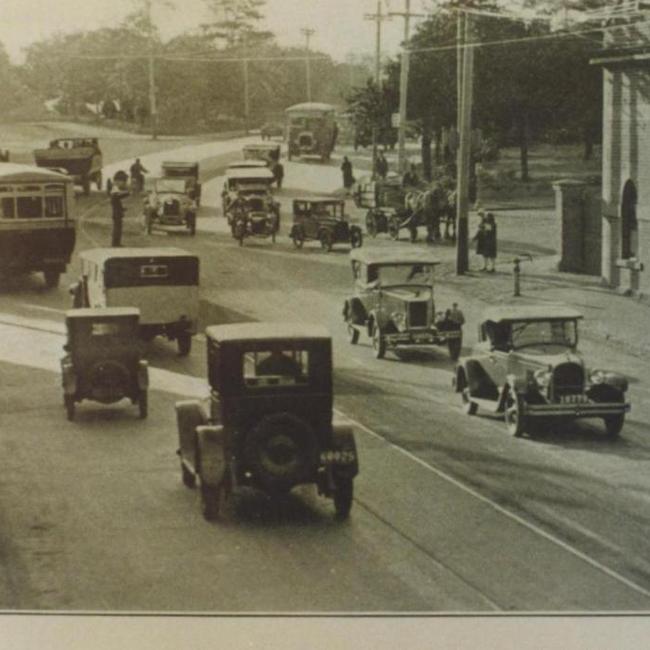
Now Richmond is a thriving hub home to 152,913 people with the median age of 47 according to most recent census data.
The area attracts married couples, couples without children and young professionals with 19.9 per cent working in a professional role and 14.9 per cent in trades.

Houses prices in the area jumped by 43 per cent from 1986 to 1996 sitting well above the average house price for metro Melbourne.
Richmond comes alive during September with footy fans flocking to the streets to celebrate wins and mourn losses.
Venues like the Corner Hotel keep a steady flow of new bands performing to a packed band room, while across the street the Richmond Club Hotel has been serving thirsty locals for more than 140 years. HISTORY OF RICHMOND
Richmond has been an industrial and residential area since 1839 after the Kulin tribe people were arrested and removed from the area to make way for wealthy buyers wanting to live outside the city.

Settlers initially referred to the area as belonging to the parish of Jika Jika, it became known as Richmond in 1842, named after Richmond Hill, London, which also looks onto a river.
Some of the first industries established produced bricks, wool, candles and boots with businesses flourishing as a result of Gold Rush.
The Richmond Football Club was founded at the Royal Hotel in 1860

Trams first began to run along Bridge Rd and Victoria St in 1885 and 1886.
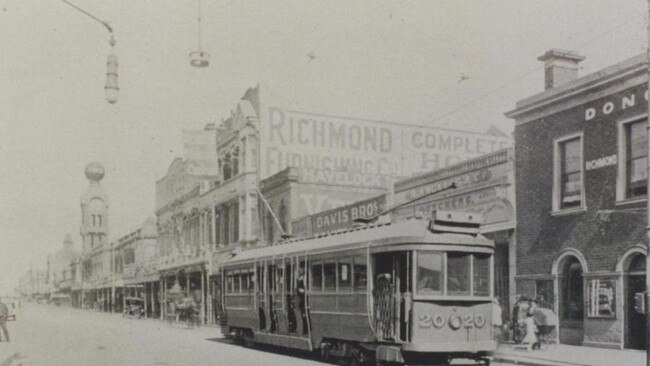
In 1853 the first Dimmeys retail store was opened in Swan St and soon became a landmark.
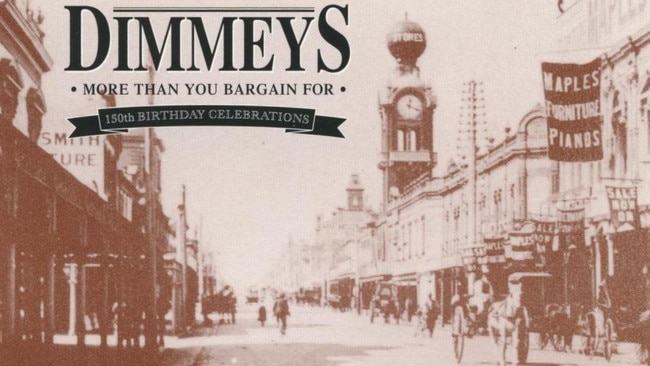
At the turn of the century many people lived in Richmond’s slum swellings in crowded cottages.

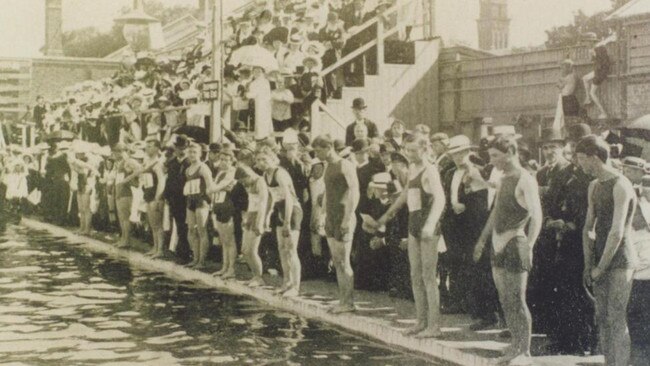
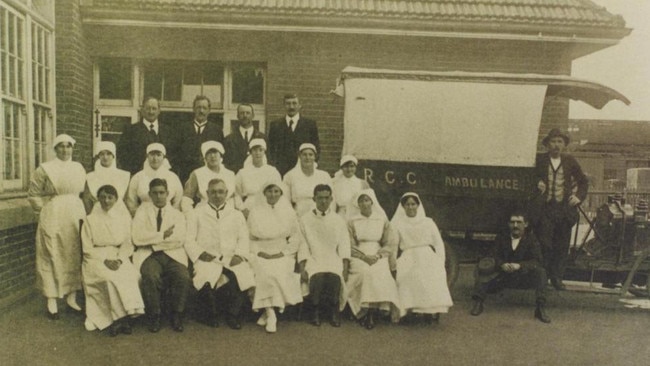
Richmond was transformed by post-war immigration, namely from southern Europe and South-East Asia.
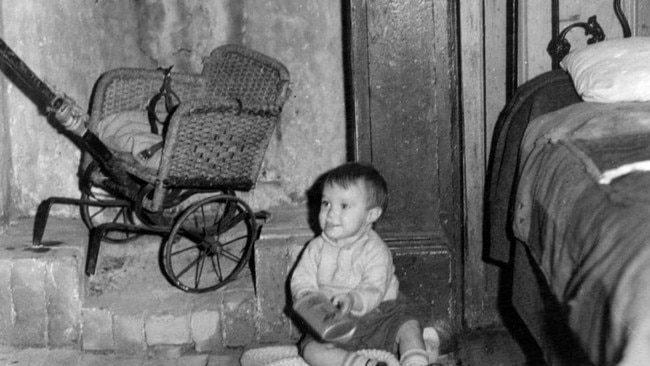
DARK CRIMINAL PAST
From underworld murders to notorious poisoners, Richmond’s seedy past has often made headlines.
In the 1890s, serial killer Martha Needle poisoned her husband, three children and future brother-in-law.
She was hanged on 22 October 1894 at the age of 30.
Nightclub singer Haroula Kipouridou was found on July 3 1981 covered in her own blood after being raped in the lift of her Richmond housing commission flats just minutes after being dropped off.
Barry Harding was the prime suspect and just as he started to talk to police, he was run over by a car.
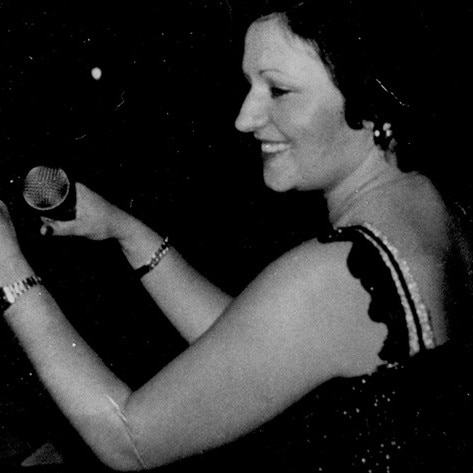
Richmond drug dealer and mass murderer Dennis Allen, the son of criminal matriarch Kath Pettingill, is believed to be responsible for as many as 13 underworld murders.
Nicknamed Mr Death, Allen dismembered Hells Angels biker Anton Kenny with a chainsaw in 1985.
He died of heart disease in 1987 in prison custody awaiting trial for murder.

Check out more stories at The Melbourne City News
Like us on Facebook here
Contact Grace at grace.mckinnon@news.com.au
MORE:
ST KILDA: HISTORY OF POSTCODE 3182
ESSENDON: HISTORY OF POSTCODE 3040
MERNDA: HISTORY OF POSTCODE 3754
FERNTREE GULLY: HISTORY OF POSTCODE 3156
